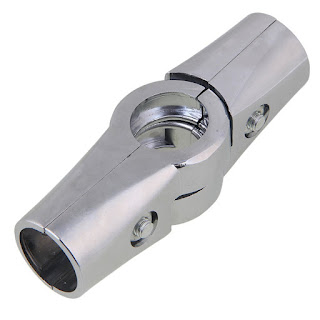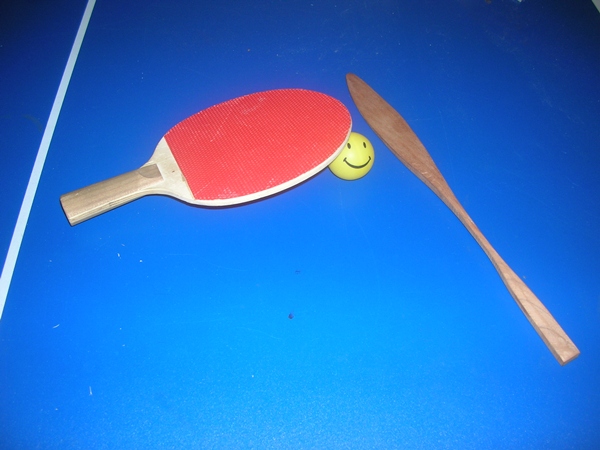Seeing all those great photos & videos of Robin's customized wall tent gave me some serious cravings for a canvas shelter. Been spending part of the winter making my own custom version as a sort of prototype. It's a 7x7x 6 with 3foot walls. Canvas drop cloth roof with side panels and backwall from poly tarp. One door is also made from canvas and am planing to eventually add a pipe jack there for eventual use with a wood stove. Honestly don't see myself using it for full on winter camping but for shoulder season tripping instead, where a cozy space and warm stove would really improve the typical weather conditions.
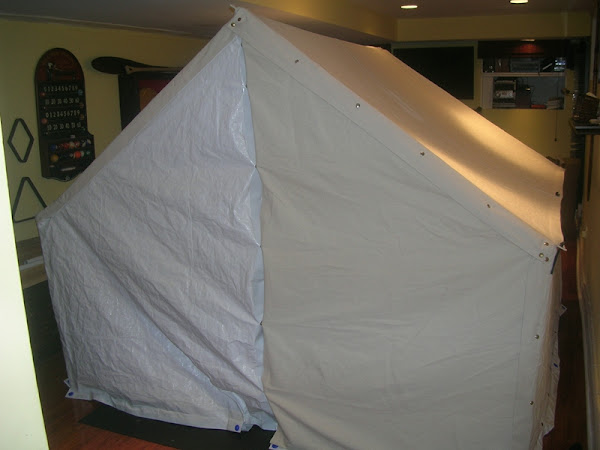

Two side panels are removeable with some heavy duty snaps (for a reason that'll be clear later in the post). Also planned it so that the poly material would extend 12" past the ground level to fold inward and form a sod cloth of sorts.
It wouldn't work without Robins pine closet rod frame idea so I hacked together something similar from a combination of 1-1/4" metal closet rods and slightly narrower wood dowels. Here's the frame assembled.
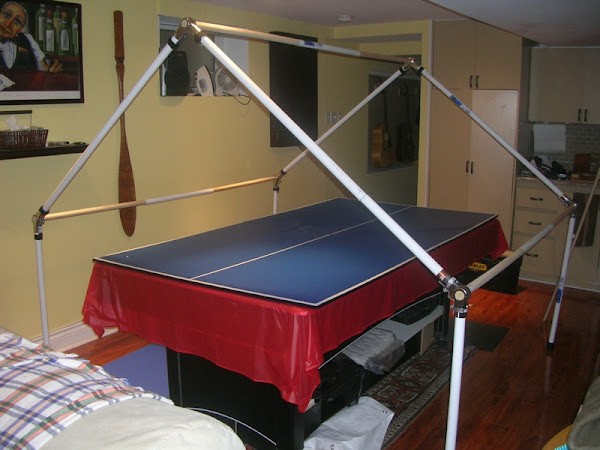
The largest length of rod is 3 feet and the wood dowels can nest inside the hollow space of the metal rods. So it packs up pretty well. I've wrapped it with another piece of heavy canvas (cut off from another project) to form a bundle. The heavy canvas will serve double duty as a ground cloth for half the tent.
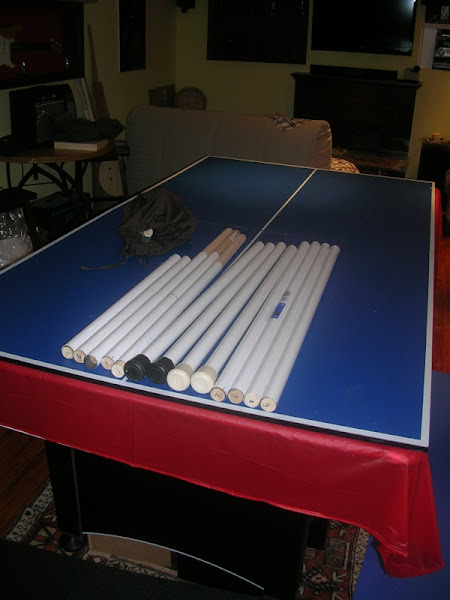
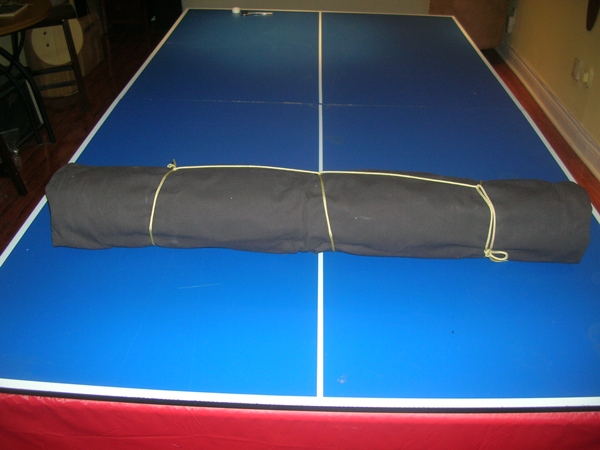
About half way through the project, realized that the wall tent could be convertible into an open side Baker. This is why two side panels doors were made to be removable. The cheap 3-way angle pipe fittings I sourced on Amazon worked out because they are adjustable. With some extra fiddling, the one side of the frame can be lifted up. Nested dowels inside the legs can slip out to form 6' high supports for the canopy.
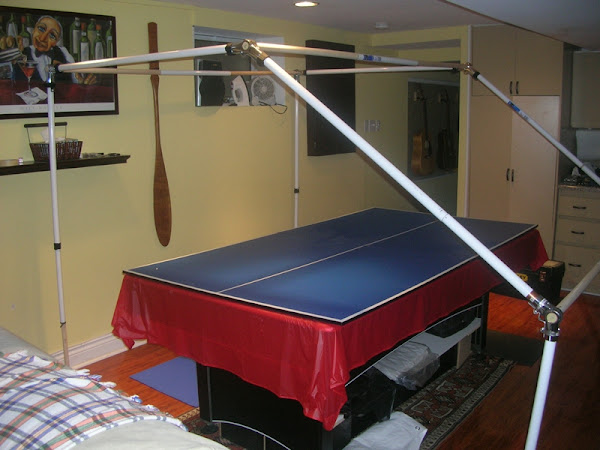
In this setup, there's a nice canopy cover that is 4.5 ft x 7 ft and seems pretty sufficient for coverage.
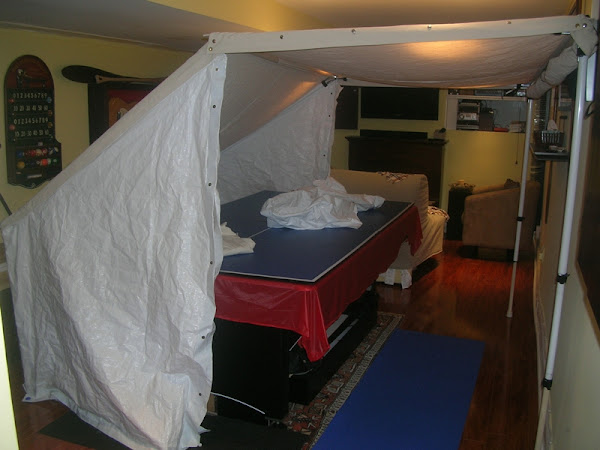
It's been constructed with a ridge flap with grommets to suspend the center ridge with a line and also the usual eaves flaps for tie outs to support the side walls. So the whole frame setup might not be needed with plenty of trees at a site. I'll likely do what Robin does and use a surplus nylon tarp to add more weather protection in the field.
Haven't weighed everything yet since there are a few more bells and whistles to work on. Planning to give it a whirl for a season and then might invest in getting something properly made with better materials by a professional tent maker in the future. Already thinking of a early spring river trip where there won't be a need for major portaging.
Thanks Robin for the inspiration!


Two side panels are removeable with some heavy duty snaps (for a reason that'll be clear later in the post). Also planned it so that the poly material would extend 12" past the ground level to fold inward and form a sod cloth of sorts.
It wouldn't work without Robins pine closet rod frame idea so I hacked together something similar from a combination of 1-1/4" metal closet rods and slightly narrower wood dowels. Here's the frame assembled.

The largest length of rod is 3 feet and the wood dowels can nest inside the hollow space of the metal rods. So it packs up pretty well. I've wrapped it with another piece of heavy canvas (cut off from another project) to form a bundle. The heavy canvas will serve double duty as a ground cloth for half the tent.


About half way through the project, realized that the wall tent could be convertible into an open side Baker. This is why two side panels doors were made to be removable. The cheap 3-way angle pipe fittings I sourced on Amazon worked out because they are adjustable. With some extra fiddling, the one side of the frame can be lifted up. Nested dowels inside the legs can slip out to form 6' high supports for the canopy.

In this setup, there's a nice canopy cover that is 4.5 ft x 7 ft and seems pretty sufficient for coverage.

It's been constructed with a ridge flap with grommets to suspend the center ridge with a line and also the usual eaves flaps for tie outs to support the side walls. So the whole frame setup might not be needed with plenty of trees at a site. I'll likely do what Robin does and use a surplus nylon tarp to add more weather protection in the field.
Haven't weighed everything yet since there are a few more bells and whistles to work on. Planning to give it a whirl for a season and then might invest in getting something properly made with better materials by a professional tent maker in the future. Already thinking of a early spring river trip where there won't be a need for major portaging.
Thanks Robin for the inspiration!
Last edited:

